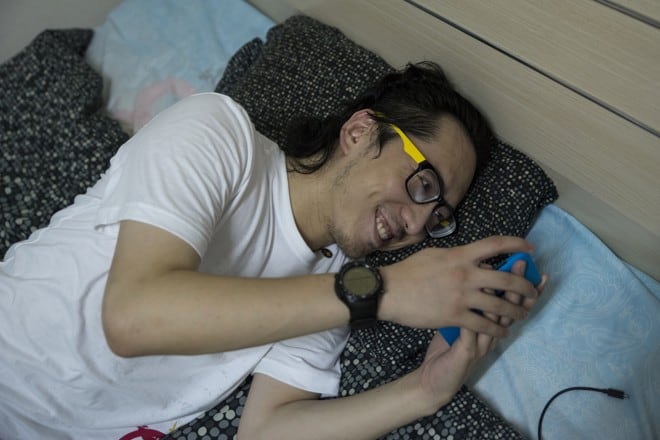Microsoft Research China is rethinking a more human artificial intelligence
3 min. read
Published on
Read our disclosure page to find out how can you help Windows Report sustain the editorial team Read more

While digital assistants such as Cortana, Siri, and Google Now are helping ease many users into a world with artificial intelligence, Microsoft Research developers believe there may, yet, be another way to introduce people to A.I.
Corporate vice president in charge of Microsoft Research Asia, Hsiao-Wuen Hon sees the increasing use of a Microsoft technology called XiaoIce (pronounced Shao-ice) as the path forward for mass adoption of A.I. used in people’s lives. XiaoIce is similar to Microsoft’s other digital assistant Cortana, in that it incorporates natural language processing in its voice-initiated interactions. However, XioaIce is much less a digital organizer and more a chatbot that millions of young Chinese users are engaging with every day.
XiaoIce was a Microsoft program introduced last year in China and has since become a hit with younger users in the area. Users interact with XiaoIce daily, telling ‘her’ about their day at work, plans for the evening, discussions on current events and a host of other conversational topics. Based on how popular the chatbot program has become, Microsoft Researchers in China have become bullish on the idea of artificial intelligence not replacing human tasks and experiences, but augmenting them.
Many of Microsoft’s China researchers are already extrapolating XiaoIce’s appeal towards products such as search engines. Rather than entering in commands, the search for information becomes more conversational.
According to Hon, ‘The search engine could change into more like your chatting buddy.”
Researchers are looking at concepts such as natural follow-up or extended search to incorporate that would play to the ‘chatting buddy’ scenario more often. Keeping a log of searches would help the search assistant continue to send additional information on a search as it becomes relevant or available over the course of time. Another wild idea is one where different chatbots could be experts on various topics. Some chatbots could show expertise in food, medicine, automotive activities, planting, fitness, etc.
Microsoft executive vice president in charge of technology and research Harry Shum, added credence to the rise of technologies such as chatbots, claiming they are part of an ‘invisible revolution.” Rather than leaps in physical changes such as chipsets, processors, and various metals for conductivity, the coming years will be filled with advances in artificial intelligence, cloud computing, and machine learning.
The ‘invisible revolution’ is more of a tangible end from the result of processing and analyzing massive amounts of data in minutes or seconds. While the focus at Microsoft Research in China has centered somewhat around XiaIce’s use of natural langue, other technologies such as Facial Recognition, Skype Translator, Windows, Bing Kinect, etc., are all benefiting from this new ‘invisible revolution’.









